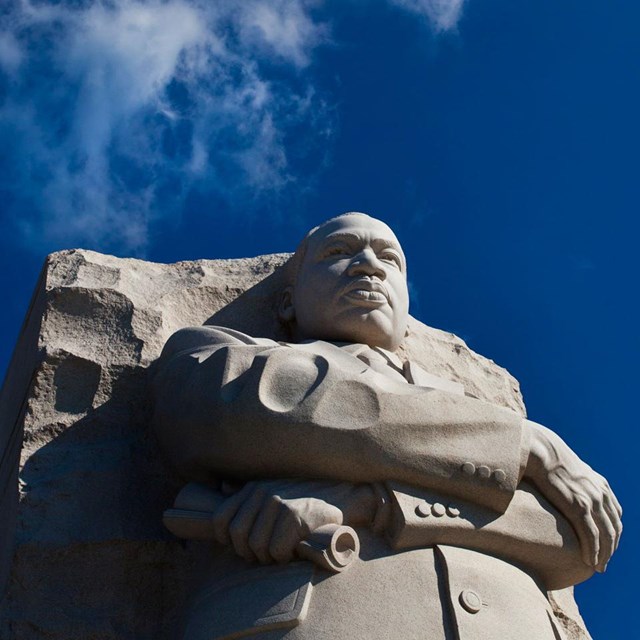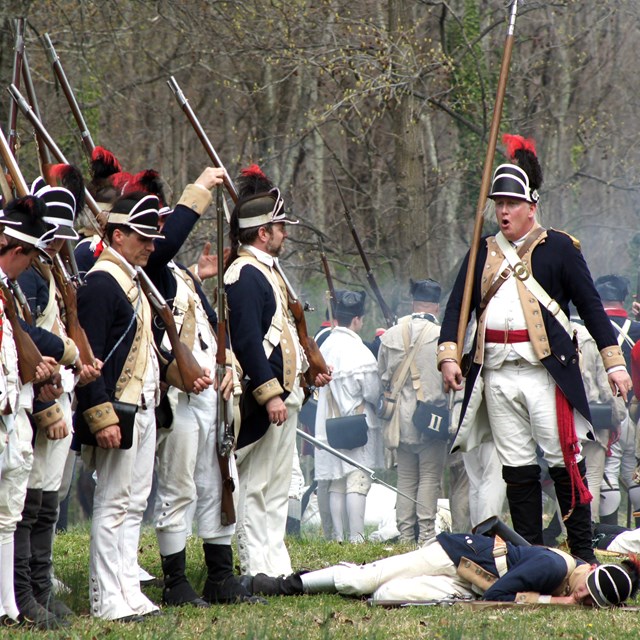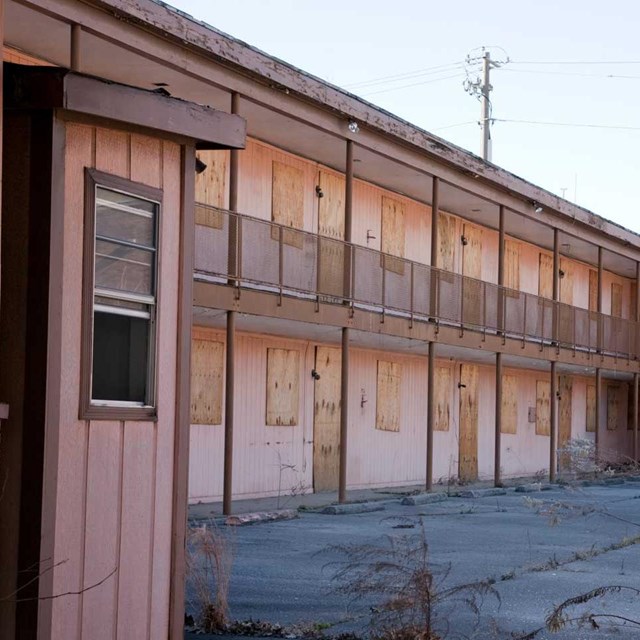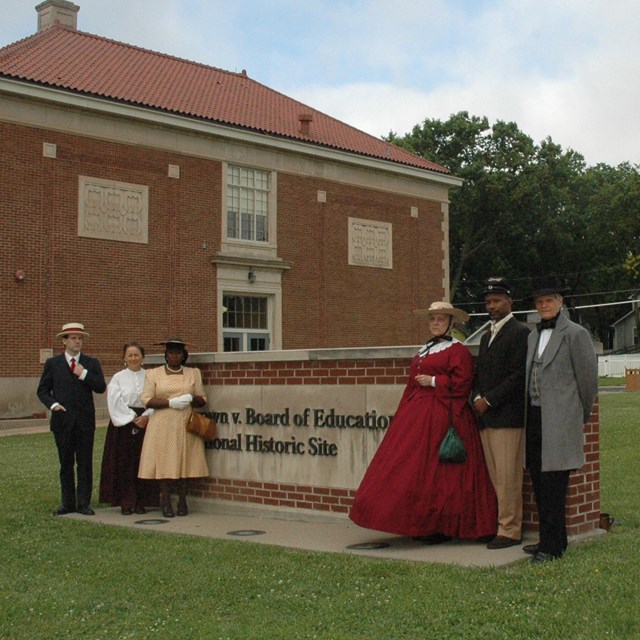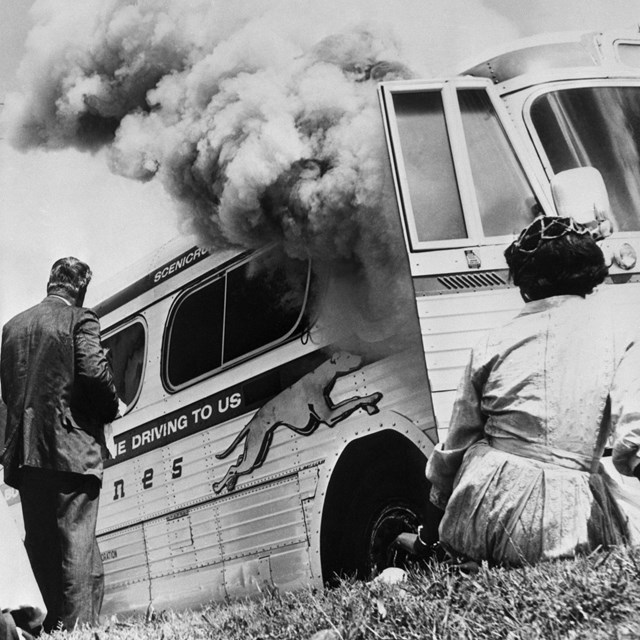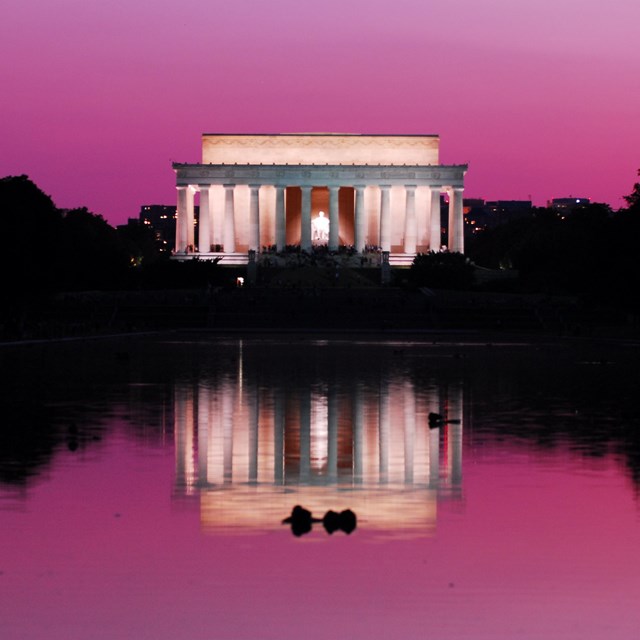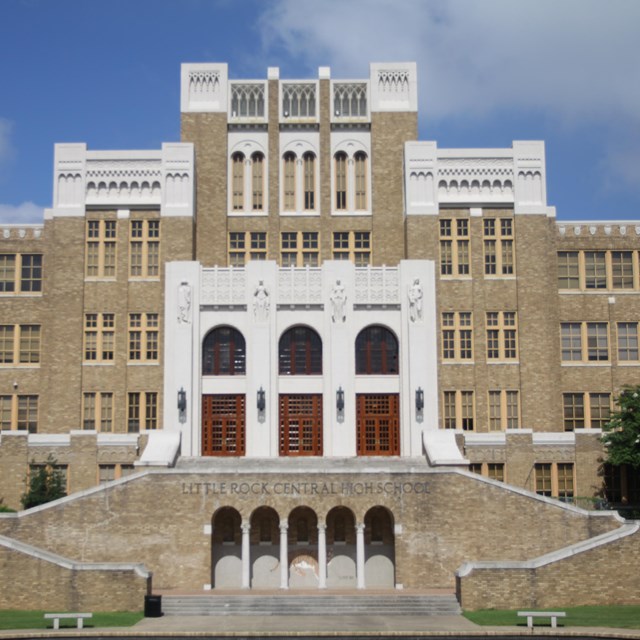- Duration:
- 2 minutes, 44 seconds
Many national parks were created to preserve and tell the story of the struggle for civil and human rights envisioned in the Declaration of Independence and advanced by the 1964 Civil Rights Act.
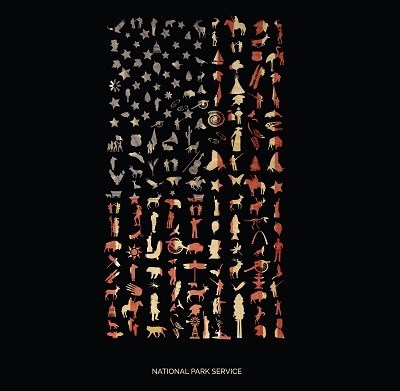
Image designed by the National Park Service
The exact "promise of America" is something that each American defines for themselves. While our nation is richly diverse in countless ways, there is a common thread: an aspiration to create something greater for ourselves and each other.
"We hold these truths to be self-evident, that all men are created equal, that they are endowed by their Creator with certain unalienable Rights, that among these are Life, Liberty and the pursuit of Happiness." - The Declaration of Independence, 1776
As a new nation was formed in 1776, it was grounded on ideals such as freedom, liberty, equality, and the encouragement to speak up for individual rights. Many people were left out of that vision at the time and in the centuries that followed. But the revolutionary spirit of the founding ideals has beckoned generations of Americans who fought to ensure that we are all included in its promise.
This month, join us as we explore the founding ideals of our democracy and how generations of Americans have endeavored to shape our nation around the promise—the aspirational spirit—of those concepts. Share your national park experiences on social media using #MyParkStory.
The Civil Rights Act of 1964
Signed into law sixty years ago on July 2, 1964, the Civil Rights Act of 1964 officially outlawed discrimination on the basis of race, color, religion, sex, or national origin. The Act is considered one of the biggest milestone’s in our nation’s history of civil rights.
Many national parks were created to preserve and tell the story of the struggle for civil and human rights leading up to the Act and beyond. In commemoration of the 60th anniversary of the Civil Rights Act of 1964, explore the history and places that were part of the civil rights movements in the 1950s and 60s preserved in national parks or in communities around the country through the work of our parks and programs.

The Act was a milestone moment in the nation's history of civil rights by legally outlawing certain forms of discrimination.
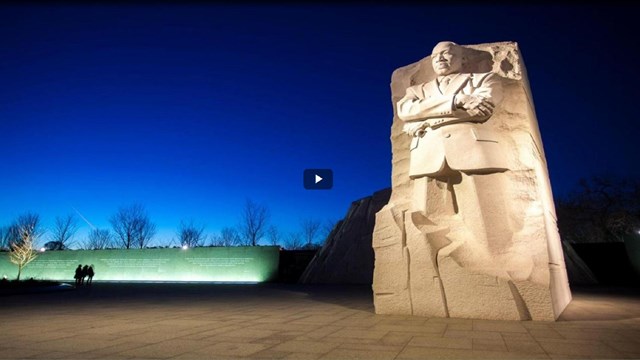
Sixty years after the Civil Rights Act of 1964, explore national parks that tell the story leading up to its creation and beyond.
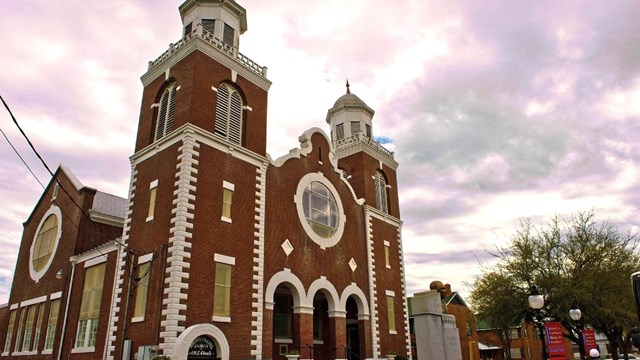
This travel itinerary connects places part African Americans civil rights history, including from the 1950s and 60s Civil Rights Movements.
Visit and Explore
There are more than 400 national parks stretching from Maine to Guam, and National Park Service-community-based programs and partnerships reach communities everywhere in between. Find stories that explore the promise of America through conversations about identity, heritage, perspectives, and different ways to fight for that promise to be achieved by all Americans.
Celebrate the nation's birthday in some of its most scenic landscapes and historic places. Join July 4th festivities across the country.
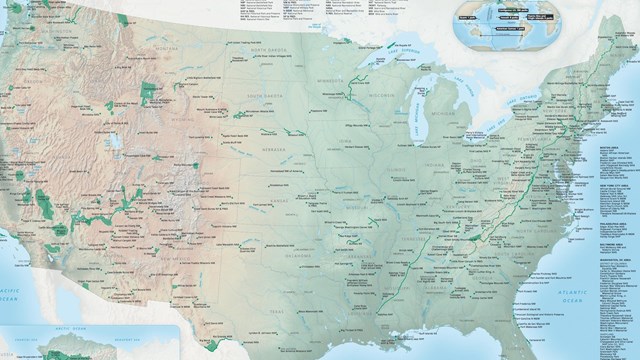
There are more than 400 national parks across the country. Search for parks by state or an activity or topic of interest to you.

Visiting a national park? There is an app for that. Use the NPS App before and during your trip to make the most of your experience.
Last updated: July 3, 2024


